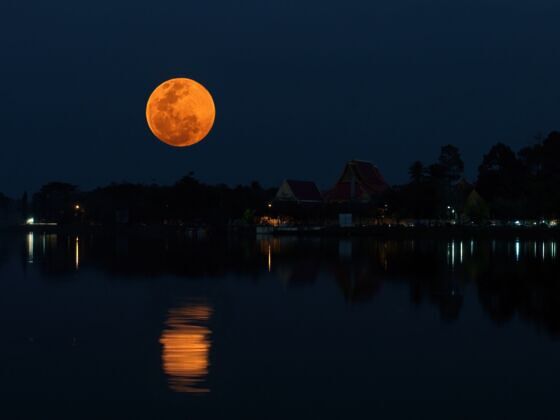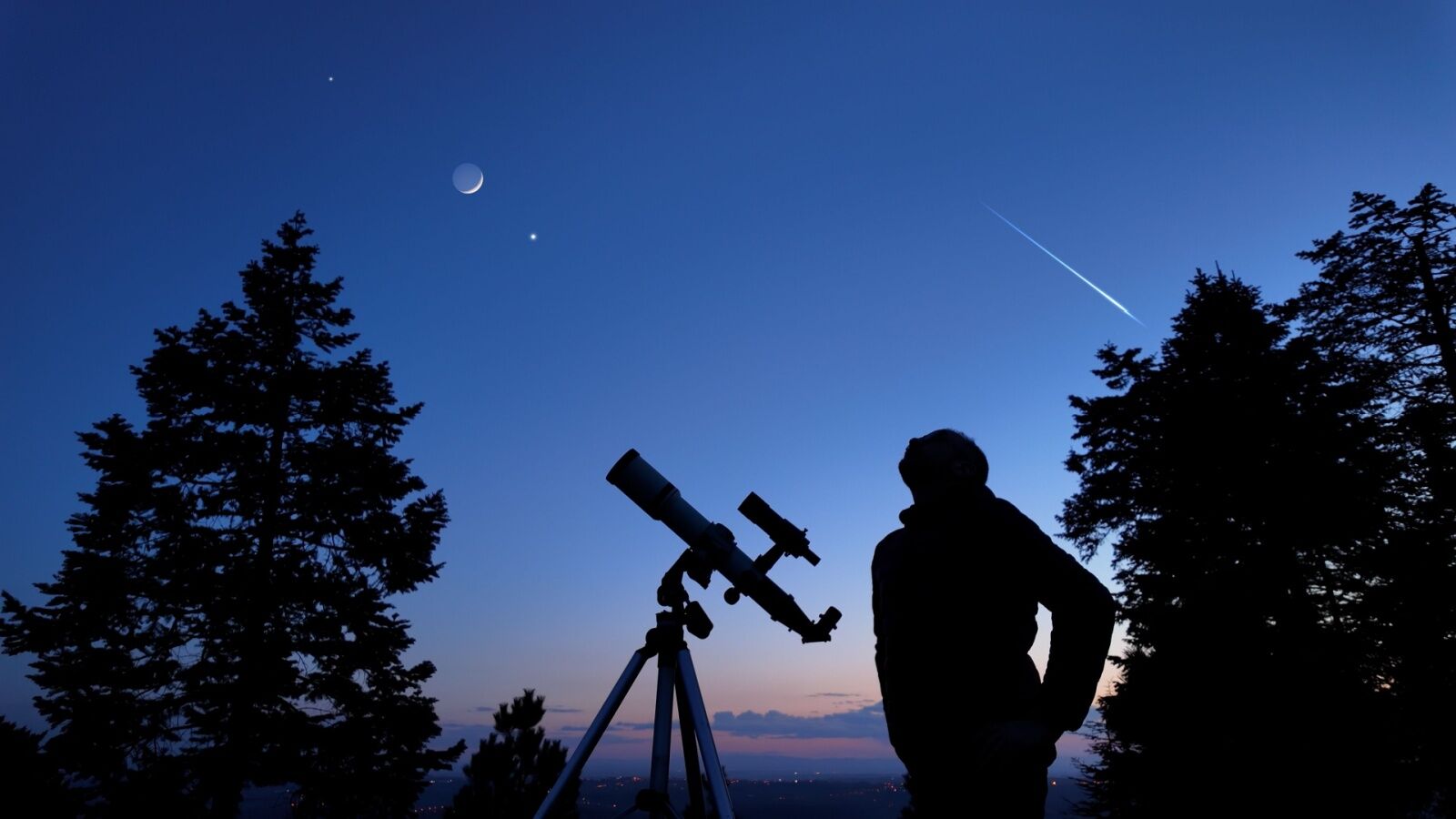Skywatchers are in for a treat this week, as they’ll be treated to a stunning display on the evening of September 17 and morning of September 18: a red-tinged supermoon paired with a partial lunar eclipse. That means the moon will appear both larger and reddish-tinted due to the Earth’s shadow. it’s a convergence of two awe-inspiring astronomical phenomena.


Almost All of North America Will Be Able to See a Rare Lunar Event This Week
How often does a supermoon eclipse occur?
Full moons are a monthly occurrence, but not every one is a supermoon, and certainly not all are coupled with a partial eclipse. This September supermoon (which is also called the “harvest moon,” as it’s the full moon nearest to the autumnal equinox on Sept 22), is the second in a series of four consecutive supermoons to happen in 2024. A supermoon occurs when the moon reaches its closest point to Earth in its elliptical orbit during a full moon, usually appearing about seven percent larger and 15 percent brighter than a typical full moon. The size is difference is sometimes hard to notice, but the brightness can be very noticeable, especially in areas away from bright city lights. Supermoons on their own are fairly common.
Partial lunar eclipses occur roughly twice a year on average, though the last one was in 2023. A lunar eclipse only happens during a full moon when the sun, Earth, and moon align in such a way that the Earth casts its shadow on the moon — i.e., the Earth is between the sun and moon. In the case of a partial lunar eclipse, only part of the moon enters Earth’s shadow, so a portion of the moon remains visible while another section is darkened.
Having a partial eclipse and a supermoon happen at the same time is far more unusual. It’s been a few years since the last one happened, and we may not see this particular combination again for several more years.
How to see the supermoon eclipse

Photo: AstroStar/Shutterstock
The upcoming September supermoon eclipse should be visible in much of North and South America, Europe, and Africa. According to NASA predictions, the eclipse will begin at 8:41 PM EDT, but you won’t be able to notice it until 10:13 PM EDT. It will last until 12:47 AM EDT, with 10:44 PM EDT estimated to be the peak of the supermoon eclipse.
You’ll need to be in an area with very little cloud cover, and as with stargazing and any major night sky event, the less light pollution, the better. You’ll also need to be in an area with a clear view of the moon, so if you live in a city, you may want to find a park or drive to a more open area. You won’t need a telescope or binoculars to see the supermoon eclipse, but having some handy will allow you to see the moon in far more detail. Visiting a local International Dark Sky Park will all but guarantee prime viewing, assuming there aren’t any clouds in the sky.
The “red” in the red supermoon comes courtesy of the partial lunar eclipse. As the Earth passes between the sun and the moon, part of the moon will move into Earth’s shadow. Since only a small portion of the moon is covered (about eight percent), the most noticeable effect is a red hue across the moon’s surface. The color is caused by sunlight scattering through Earth’s atmosphere and casting a reddish color onto the moon, similar to how sunsets have a red tint.